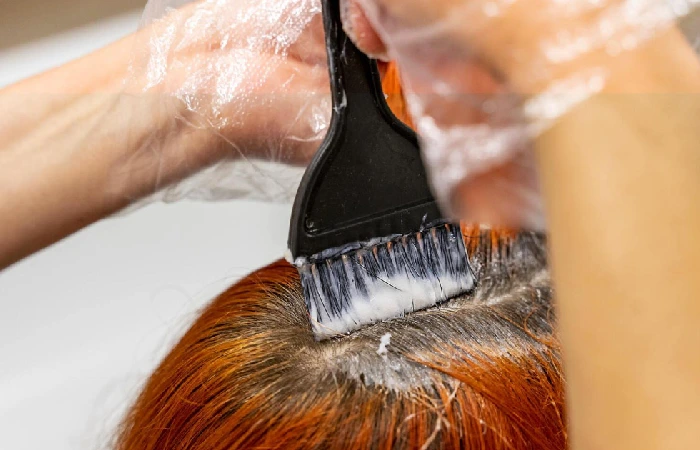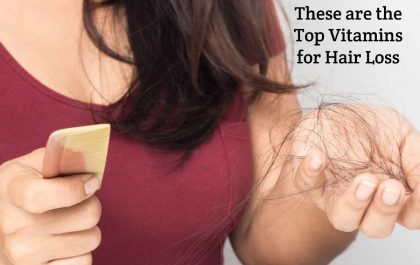Table of Contents
Introduction
Charcoal bleach hair is a bold and edgy hairstyle that combines black hair’s depth and darkness with a smoky, grayish hue. This process involves using activated charcoal and traditional bleach ingredients to lighten or bleach hair.
Activated charcoal, with its adsorptive properties, can help remove unwanted undertones during hair bleaching. It’s a unique and eye-catching look that expresses style and confidence. However, achieving the perfect charcoal bleach hair requires careful preparation, the right products, and a precise process to achieve desired results without damaging hair.
Types of Charcoal Bleach Hair
- Powder Bleach
- Oil Bleach
- Bleach Kits
- Cream Bleach
- Toning Products
Advantages Of Charcoal Bleach For Hair

The following are some common uses and advantages of charcoal bleach for hair:
-
Toning Undertones
To neutralize brassy or yellow overtones that might appear while whitening black hair, charcoal bleach is sometimes employed. The product’s activated charcoal can assist in balancing out these unwelcome tones, resulting in a more harmonious and even hair colour.
-
Pre-Lightening
It can be used as a pre-lightening step before using a semi-permanent or permanent hair dye on people with darker hair to produce lighter hair colour.
-
Enhancing Hair Texture
Activated charcoal has exfoliating and purifying characteristics that may help to promote better hair texture, making it a potential asset for anyone trying to enhance their hair’s general condition.
-
Colour Correction
Charcoal bleach can help lift the colour while reducing unwelcome undertones if you’ve already coloured your hair and need to fix an uneven or unpleasant colour.
-
Natural-Looking Lightening
By reducing harsh and artificial overtones, charcoal bleach can help produce a more natural-looking lighting result.
-
Balayage and Highlights
It may produce balayage or highlight effects in the hair by applying it strategically. The charcoal component of this method helps to balance out unwelcome warm tones while giving the hair depth and texture.
Process of Using Charcoal Bleach on Hair
-
Preparation
the developer, gloves, applicator brush, mixing dish, clips, charcoal bleach solution, and safety clothes
-
Update Test
Perform a patch test on a small area of hair to check for any bad reactions or allergies before using the charcoal bleach on your complete head of hair.
-
Mixing
Refer to the product’s instructions to combine the right developer with charcoal bleach. The developer aids in bleach activation and hair whitening.
-
Sectioning
Use clips to create parts in your hair. It is now simpler to spread the bleach uniformly.
-
Application
Wear gloves to shield your hands from harm. Apply the this bleach mixture to each hair part using an applicator brush. Work your way around the head, starting with the darker or more troublesome parts.
-
Processing Period
In this product’s instructions will tell you how long it takes to process the product. Please ensure the hair isn’t overprocessed by keeping an eye on it.
-
Monitoring
Keep an eye on the hair’s fading while processing goes on. Look for the proper amount of undertones and lightness.
-
Rinsing
When your hair has reached the appropriate amount of lightening, rinse the it bleach out of it with lukewarm water. Afterward, you might need to shampoo and condition your hair.
-
(Optional) Toning
After bleaching the hair, you could apply a toner to remove any unfavorable undertones. May achieve tone with the use of toners.
-
Aftercare
Taking care of your hair after bleaching is crucial if you want to keep it healthy. Make use of hair care products made especially for colored or bleached hair. Deep conditioning procedures can also aid with moisture restoration.
Conclusion
Charcoal bleach Hair, while effective in certain situations, can damage hair if not used correctly. To minimize damage, consult a professional hairstylist. If using at home, follow product instructions and perform a patch test to check for adverse reactions or allergies. It’s crucial to seek professional guidance for the best results.
Related posts
Featured Posts
How to Make Coconut Oil for Hair? – Knows, Benefits, Risks, And More
Coconut Oil for Hair – Need to Know About Using Coconut Oil for Your Hair coconut oil for hair may…
These are the Top Vitamins for Hair Loss
These are the Top Vitamins for Hair Loss – Vitamins play a vital role in the functioning of the body….


